Bulgar wheat baby food
bulgur wheat porridge recipe for babies | dalia porridge
You are here: Home > Equipment > Mixer > Bulgur Wheat Porridge for Babies
by Tarla Dalal
5/5 stars 100% LIKED IT 4 REVIEWS ALL GOOD
दलिया पॉरिज - बेबी फूड रेसिपी | शिशुओं का दलिया पॉरिज | बच्चों के लिए बल्गर व्हीट पॉरिज - हिन्दी में पढ़ें (Bulgur Wheat Porridge for Babies in Hindi)
Added to 131 cookbooks This recipe has been viewed 166713 times
Table Of Contents
bulgur wheat porridge recipe for babies | dalia porridge of babies | broken wheat porridge for babies | how to make dalia porridge for babies at home | with 13 amazing images.
This wholesome and satisfactory Bulgur Wheat Porridge for Babies makes a satiating meal for infants in the 8-9 months stage, when their activity level and appetite grows as rapidly as their body. Learn How to Make Bulgur Wheat Porridge for Babies at Home in a step by step manner.
To make broken wheat porridge for babies, you just have to combine all the ingredients like bulgur wheat, dates and water in a pressure cooker. Cool slightly, add little water and blend to a smooth puree. When blending this Bulgur Wheat Porridge for Babies after pressure cooking, ensure to blend it very well so no pieces of dates remain behind. This can lead to choking in babies otherwise.
Also known as Dalia Porridge or Broken Wheat Porridge for Babies will keep babies satisfied for a couple of hours, and is also a very good source of important nutrients like energy, carbohydrates and iron. Dates are used to sweeten this Dalia Porridge as they provide iron and fibre in substantial quantities.
As a variation to this dalia porridge, you can also try adding other cereals to this combo like ragi or bajra or jowar.
Enjoy bulgur wheat porridge recipe for babies | dalia porridge of babies | broken wheat porridge for babies | how to make dalia porridge for babies at home | with step by step photos.
Add your private note
Bulgur Wheat Porridge for Babies recipe - How to make Bulgur Wheat Porridge for Babies
Tags
Pressure CookerMixerCancer PatientsCancer Mouth Sores Preparation Time:    Cooking Time:    Total Time:     Makes 0.5 cup
Show me for cup
For Bulgur Wheat Porridge For Babies
2 tbsp broken wheat (dalia) , washed and drained
2 dates (khajur) , deseeded
Method
For bulgur wheat porridge for babies
- For bulgur wheat porridge for babies
- Combine the bulgur wheat, dates and ½ cup of water in a pressure cooker, mix well and pressure cook for 3 whistles.
- Allow the steam to escape before opening the lid.
- Combine the mixture and 1½ tbsp of water in a mixer and blend till smooth.
- Serve the bulgur wheat porridge for babies immediately.
Bulgur Wheat Porridge for Babies recipe with step by step photos
If your baby loves Bulgur Wheat Porridge then
- If your baby loves bulgur wheat porridge recipe for babies | dalia porridge of babies | broken wheat porridge for babies | then also try other semi-solid foods like
- Dal and Vegetable Mash for Babies
- Jowar Ragi and Date Porridge for Babies
- Moong Dal Khichdi for Babies
Notes for Broken Wheat Porridge for Babies
- Start with bulgur wheat porridge for babies | dalia porridge of babies | broken wheat porridge for babies | only when your baby is 8 months and above and is accustomed to Rice Water and Rice Mash as rice is easier to digest.
- Begin with a small quantity and gradually increase the quantity of the Dalia Porridge.
- Dates are naturally sweet, so there is no need for added sugar. It’s the habit that you inculcate in your baby which forms a part of lifetime.
- At this time start reduce the number of breast feed so that baby gets used to other semi-solid foods like Broken Wheat Porridge.
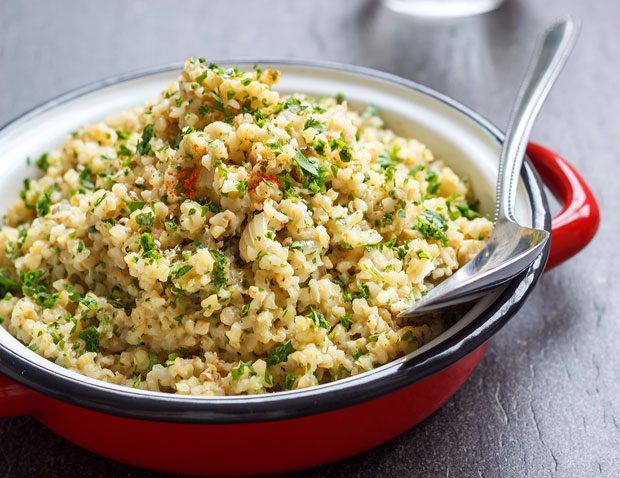
- Always sterilize all the equipments, bowls and spoons before cooking and feeding the baby.
How to Make Bulgur Wheat Porridge for Babies
- For bulgur wheat porridge for babies | dalia porridge of babies | broken wheat porridge for babies | first wash the bulgur wheat with water to remove dirt if any. Bulgur Wheat is also called as broken wheat or dalia.
- Drain out the excess water using a strainer. Discard the water.
- Add the bulgur wheat into a pressure cooker.
- Now choose good quality dates. Select those that are smooth-skinned, glossy and plump. Avoid dates that are broken, cracked, dried, shriveled or sour-smelling. They are available with or without seeds, choose as per your convenience.
- If you have bought dates with seeds to make Dalia Porridge for Babies, deseed them first and discard the seeds. You may even chop the date at this stage.
- Add the dates in the pressure cooker along with the broken wheat (dalia).
-
Add ½ cup of water to it for cooking broken wheat for Broken Wheat Porridge for Babies.
- Mix well with the help of a ladle.
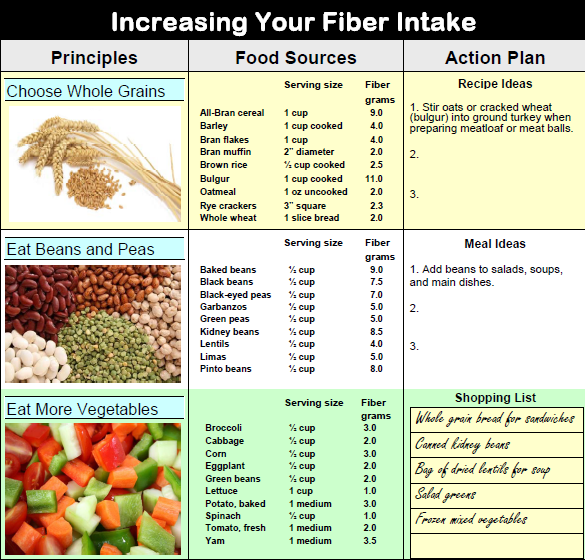
- Close the lid of the pressure cooker and pressure cook for 3 whistles. Allow the steam to escape before opening the lid.
- This is how the mixture looks after pressure cooking. Let the mixture to cool slightly before blending. But do not cool it too much as the Broken Wheat Porridge for Babies is not cooked hereafter.
- Transfer the mixture into a mixer jar.
- Add 1½ tbsp of water and blend it very well till the mixture is smooth. This is how the Bulgur Wheat Porridge for Babies looks after blending. Adjust the amount of water to be used to get the perfect consistency of a porridge.
- Serve the Bulgur Wheat Porridge for Babies (Dalia Porridge for Babies) immediately. At this stage the porridge is lukewarm and has been pressure cooked well, so it doesn’t need any more cooking.
- If your baby loves bulgur wheat porridge for babies | dalia porridge of babies | broken wheat porridge for babies | also try other weaning recipes for you 8 month old baby like Jowar Porridge for Babies, Rich Mash for Babies and Apple Stew for Babies.
Nutrient values (Abbrv) per 1/2 cup
| Energy | 116 cal |
| Protein | 2.2 g |
| Carbohydrates | 26 g |
| Fiber | 1.3 g |
| Fat | 0.4 g |
| Cholesterol | 0 mg |
| Sodium | 1.4 mg |
Click here to view calories for Bulgur Wheat Porridge for Babies
RECIPE SOURCE : Baby And Toddler Cookbook
Just Added
19 new videos
161 new recipes
67 new photos
3 new cookbooks
49 new reviews
33 नई हिंदी रेसिपी
14 નવી ગુજરાતી રેસીપી
Related Articles
- Benefits Of Parsley
- Benefits Of Basil Holy Basil Tulsi
- Uses Of Paneer Cottage Cheese
- Benefits Of Sweet Potatoes Shakarkand
- Benefits Of Dried Figs Anjeer
- Benefits Of Fresh Figs Fresh Anjeer
- Uses Of Sweet Potatoes Shakarkand
- Benefits Of French Beans Fansi
- Benefits Of Celery Ajmoda
- 9 Super Benefits Of Quinoa
Post your own recipe
Recipe Contest
No Contest Announced
View contest archive.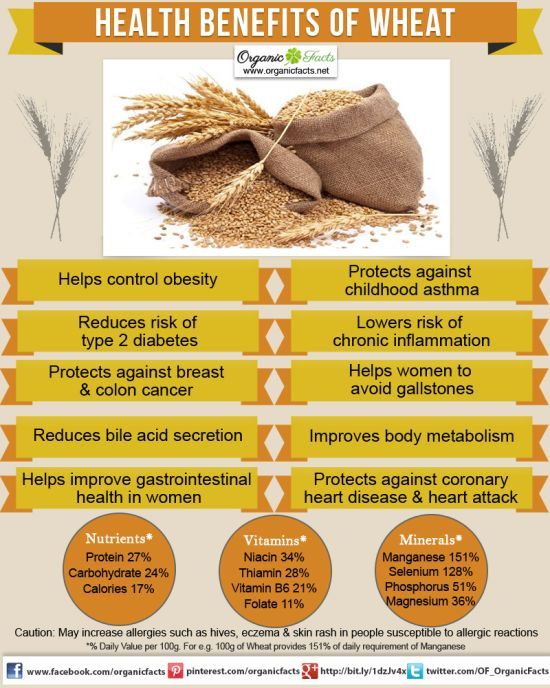 ...
...
bulgur wheat porridge for babies
Juices
Missed out on our mailers?
Our mailers are now online!
View Mailer Archive
Subscribe Now
Privacy Policy: We never give away your email
REGISTER NOW If you are a new user.
Or Sign In here, if you are an existing member.
| Login Name | |
| Password | |
Forgot Login / Password?Click here
If your Gmail or Facebook email id is registered with Tarladalal.com, the accounts will be merged. If the respective id is not registered, a new Tarladalal.com account will be created.
Click OK to sign out from tarladalal.
For security reasons (specially on shared computers), proceed to Google and sign out from your Google account.
Quick and Easy Ways to Introduce Bulgur into your Child’s Diet – Sunnyland Mills
Skip to contentFor quite a few years, I have been attracted to high protein diets, and have been happy with the results. But lately, it’s hard to avoid all the positive press about plant-based and Mediterranean diets. As I learn that lower quantities of protein and higher fiber is being found to reduce cancer risks and the pace of aging (Pubmed), I have had to take a new look at what I am eating. I have always included small amounts of carbs into my diet (it’s really hard for me not to eat tortillas and crackers) but now I want to make sure those carbs really count and this is important for my kids’ diets too. I truly believe that building strong bodies today will help them tremendously in the future. In comes easy to use bulgur! It is recognized by the Whole Grains Council as 100% whole grain. I have found several ways to add small amounts of bulgur into salads, burgers, instant oatmeal, spaghetti sauce and muffins just to name a few.
But lately, it’s hard to avoid all the positive press about plant-based and Mediterranean diets. As I learn that lower quantities of protein and higher fiber is being found to reduce cancer risks and the pace of aging (Pubmed), I have had to take a new look at what I am eating. I have always included small amounts of carbs into my diet (it’s really hard for me not to eat tortillas and crackers) but now I want to make sure those carbs really count and this is important for my kids’ diets too. I truly believe that building strong bodies today will help them tremendously in the future. In comes easy to use bulgur! It is recognized by the Whole Grains Council as 100% whole grain. I have found several ways to add small amounts of bulgur into salads, burgers, instant oatmeal, spaghetti sauce and muffins just to name a few.
Start by cooking 1-2 cups of #1 fine bulgur and keeping it handy in the fridge. Cooked bulgur can easily be kept refrigerated for up to 1 week. Cooked bulgur wheat can also be frozen for later use.
Soaking Directions: One part #1 Fine grind bulgur to two parts boiling water. Add boiling water to bulgur; stir, cover and let sit for 7 minutes; drain excess water.
Quick Cooking Directions: One part #1 Fine grind bulgur to three parts water. Bring water to a boil; add bulgur, boil for 3 minutes, stirring occasionally. Remove from heat, cover; let stand for 4 minutes; drain excess water.
Microwave Directions: One part #1 Fine grind bulgur to 1- ¾ parts hot water. Stir and cover; microwave on high for 2 minutes, 15 seconds. Stir, cover and let stand for 7 minutes; fluff with a fork.
Now, when you are ready to make your burgers, add 1/2 cup cooked bulger to 3/4 lbs of ground beef into a large bowl. (Even a little less to start if you prefer). For an easy and quick burger add in a 1/4 cup of your favorite steak sauce, or try a bit of olive oil, Worcestershire sauce, garlic powder, onion powder, black pepper, & salt. Use your hands to combine the spices with the bulgur and beef. Heat a large skillet over medium-high heat, cooking the burgers approx 4 minutes on each side.
Use your hands to combine the spices with the bulgur and beef. Heat a large skillet over medium-high heat, cooking the burgers approx 4 minutes on each side.
Instant oatmeal is an easy way to introduce bulgur. Start with your favorite flavor, (my kids love apples and cinnamon) and add a heaping tablespoon of cooked bulgur in with the required amount of water. Microwave or let sit, according to the package directions. Quickly stir and now you have a fiber-rich breakfast to start the day right!
Spaghetti sauce is another easy option, whether you prefer meat sauce, plain, or veggie, bulgur is a great addition along with shredded carrots and other fiber filled foods.
Bulgur makes a great addition to chilli and soup as well. Perfect for these cold winter days!
Check out additional recipes here
Page load linkGo to Top
Orange cupcake recipe.
 Calorie, chemical composition and nutritional value.
Calorie, chemical composition and nutritional value. Recipe Calculator
Nutritional value per 100 g
| Content per serving | % of RSP | ||
| Calories | 336.4 kcal | -% | |
| Proteins | 5.5 g | -% | |
| Fats | 19.1 g | -% | |
| Carbohydrates | 35.4 g | -% | |
| Dietary fiber | 0. 9 g 9 g | -% | |
| Water | 38.4 g | -% | |
Go to the food diary
Vitamins and minerals
Most foods cannot contain the full range of vitamins and minerals. Therefore, it is important to eat a variety of foods to meet the body's needs for vitamins and minerals.
Find out the content of vitamins and minerals in your menu
Analysis of the calorie content of the product
The ratio of proteins, fats and carbohydrates:
Find out your energy balance for the whole day
Knowing the contribution of proteins, fats and carbohydrates to caloric content, you can understand how a product or diet meets the standards of a healthy diet or the requirements of a particular diet. For example, the US and Russian Departments of Health recommend 10-12% of calories from protein, 30% from fat, and 58-60% from carbohydrates. The Atkins diet recommends low carbohydrate intake, although other diets focus on low fat intake.
For example, the US and Russian Departments of Health recommend 10-12% of calories from protein, 30% from fat, and 58-60% from carbohydrates. The Atkins diet recommends low carbohydrate intake, although other diets focus on low fat intake.
Calculate your norms
If more energy is expended than is supplied, then the body begins to use fat reserves, and body weight decreases.
Get recommendations
Get more information and make it happen with our free online course.
Learn interactive weight loss course
Try filling out a food diary right now without registering.
Complete the food diary
Find out your additional calorie expenditure for training and get detailed recommendations absolutely free.
Fill in the training diary
Time to achieve the goal
Tatar IleVOLZH BULGARIA
VO`LZhSKAYA BULGA`RIYA (Volga Bulgaria, Volga-Kama Bulgaria), (Idel Bue Bolgari), (beginning of the 10th century–1236), a medieval feudal state in the Volga-Ural region. It arose as a result of the resettlement of the Bulgars at the end of the 7th century from the right bank of the Middle Don in the Volga region. They occupied the territory along the Volga from the Samarskaya Luka to the mouth of the Kama. In the process of state formation, the most powerful was the union of the Bulgar tribes, headed by the ruler Almush, who created the Bulgarian and Suvar emirates in the 1st half of the 9th century. AT 9In 20-921 the embassy of Almush visited Bukhara and Baghdad, in 921-923 the embassy of the Baghdad caliph al-Muktadir visited the city of Bulgar. Thus, in 922, the diplomatic recognition of the Volga Bulgaria took place. Sources (including numismatic ones) report the existence of a dynasty of Bulgar rulers from the Almush clan - the Jaffarids. The names of the Bulgar rulers are known:
The names of the Bulgar rulers are known:
- Shilki
- Almush
- Mikail ibn Jagfar
- Mikail ibn Ahmad
- Abdallah ibn Mikail
- Talib ibn Ahmad
- Mumin ibn Ahmad
- Mumin ibn al-Hasan
- Abd ar-Rahman ibn Mumin
- Abu Ishaq Ibrahim ibn Muhammad.
At the beginning of the 10th century they had the title of "elteber", from the middle of the 10th century - emir and were sovereign rulers, their name (after the caliph) was mentioned in the daily prayer - khutba, they determined the policy in the state and minted their own coin. Written sources mention beks (princes) - the rulers of individual lands and cities, the military nobility (chura) and the Muslim clergy. The main population consisted of free rural community members and townspeople (artisans, merchants) - a taxable population that paid a house tax to the state treasury.
The collapse of the Khazar Khaganate (about 980) led to the formation of a single Bulgarian state.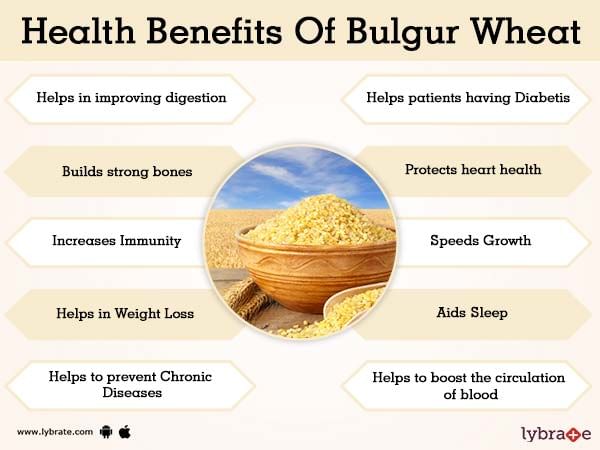 Volga Bulgaria waged a struggle with the Khazars, Kievan Rus. In 985, the Bulgar ruler made peace with the Kiev prince Vladimir I. By the beginning of the 11th century, Volga Bulgaria occupied the territory from the Oka-Sviyazh interfluve in the west to the Southern Urals in the east, from the Posurye and Samarskaya Luka in the south to the Fore-Kama region in the north. In the XII century, the Bulgarian rulers expanded their influence in the Upper Kama and Lower Volga regions with the center in the city of Saksin.
Volga Bulgaria waged a struggle with the Khazars, Kievan Rus. In 985, the Bulgar ruler made peace with the Kiev prince Vladimir I. By the beginning of the 11th century, Volga Bulgaria occupied the territory from the Oka-Sviyazh interfluve in the west to the Southern Urals in the east, from the Posurye and Samarskaya Luka in the south to the Fore-Kama region in the north. In the XII century, the Bulgarian rulers expanded their influence in the Upper Kama and Lower Volga regions with the center in the city of Saksin.
The Bulgars were engaged in agriculture, cattle breeding, fishing, crafts (hunting fur-bearing animals, beekeeping), various crafts (iron and bronze metallurgy, woodworking, glassmaking, bone carving, pottery, jewelry, weapons), trade. The centers of handicraft production and trade were the cities of Bolgar (with its suburbs Aga Bazar), Bilyar, Suvar, Dzhuketau, Oshel. This is evidenced by the finds of coins, imported items from various countries. Active trade was conducted with Russia, the countries of Eastern and Western Europe, as well as with the states of the Transcaucasus and the Black Sea.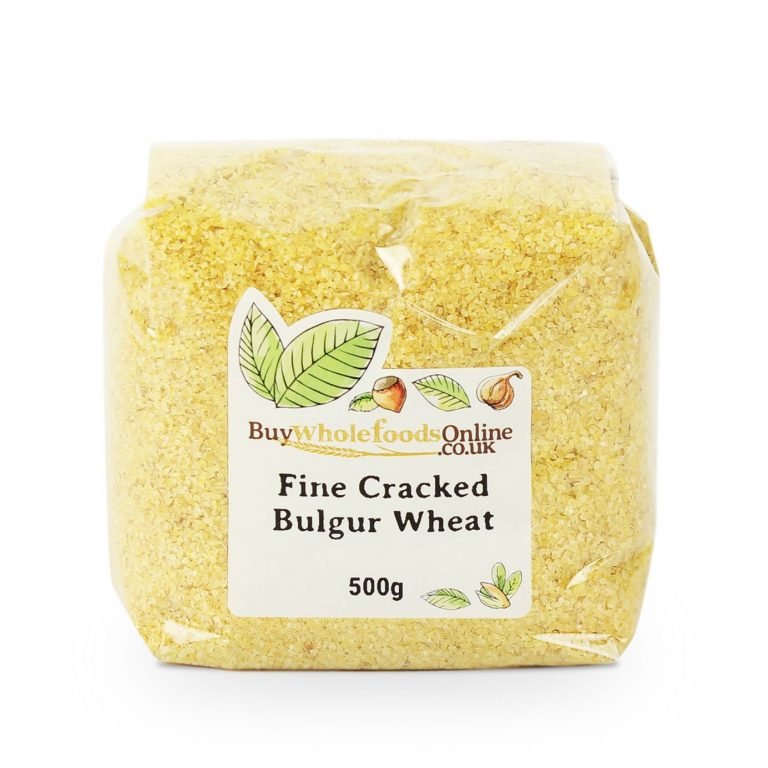 They exported furs, skins, skins (including morocco - "Bulgari"), grain, honey and wax, and imported - luxury goods, spices, silk, weapons, silver (in the 9th-10th centuries), amber. One of the most important items of income for the treasury was the trade duty (tithe).
They exported furs, skins, skins (including morocco - "Bulgari"), grain, honey and wax, and imported - luxury goods, spices, silk, weapons, silver (in the 9th-10th centuries), amber. One of the most important items of income for the treasury was the trade duty (tithe).
According to written and archaeological sources, the remains of about 150 cities (Bulgarian, Bilyar, Bogdashkin, Dzhuketau, Suvar settlements), 800 villages, as well as small towns-castles are known. In the 10th century, Bulgarian coins were minted in Bolgar and Suvar. The capital of the state in the 10th - 1st half of the 12th century was Bolgar, from the middle of the 12th century - Bilyar. The Bulgarian culture of urban planning adopted the traditions of the Turkic states (Turkic Khaganate, Great Bulgaria, Khazar Khaganate), as well as the countries of the Muslim East and Rus'. Many large cities of the Volga Bulgaria divided fortifications into an inner and outer city (Bilyar, Suvar, Dzhuketau). Most of the Bulgarian cities had a manor-quarter layout. Sometimes outside the city fortifications there were caravanserai buildings. The mass development of cities consisted of ground wooden dwellings, semi-dugouts and dugouts, as well as outbuildings (industrial premises, metallurgical furnaces, pottery furnaces). Among them stood out buildings of monumental architecture - brick and white stone public buildings (mosques, baths, caravanserais) and mausoleums. In some cases, small fortified settlements were built near large cities (for example, Nikolaevobaranskoye II and Gorkinskoye near Bilyar). Cities had a system of fortifications in the form of ditches and earthen ramparts, over which wooden walls were built.
Sometimes outside the city fortifications there were caravanserai buildings. The mass development of cities consisted of ground wooden dwellings, semi-dugouts and dugouts, as well as outbuildings (industrial premises, metallurgical furnaces, pottery furnaces). Among them stood out buildings of monumental architecture - brick and white stone public buildings (mosques, baths, caravanserais) and mausoleums. In some cases, small fortified settlements were built near large cities (for example, Nikolaevobaranskoye II and Gorkinskoye near Bilyar). Cities had a system of fortifications in the form of ditches and earthen ramparts, over which wooden walls were built.
The dominant religion in Volga Bulgaria was Islam. It began to penetrate into the Volga-Ural region from the 1st half of the 10th century due to the establishment of trade relations between the countries of Northern Europe and the East. The spread of Islam in the Volga region is associated with preachers from Central Asia (Khorezm and the state of the Samanids). According to the legends of the Bulgars, the adoption of Islam in the Volga Bulgaria was associated with the activities of preachers ("faqihs") from Bukhara. After the formation of the Bulgar state, the emergence of cities and the adoption of Islam by the rulers of the Bulgars, Islam became the main religion (900–920). A visit to the country by the embassy of the Baghdad caliph al-Muktadir (922) at the invitation of the ruler Almush had a significant impact. As a result, Islam was proclaimed the state religion. Initially, Muslim communities appeared in Bolgar, Suvar, Bilyar and other large cities of the Volga Bulgaria. By the end of the 10th century, almost the entire population of the country converted to Islam. This is evidenced by archaeological data: the widespread distribution of burial grounds with Muslim rituals (orientation of the dead according to the qibla: head to the west, the body is turned to the right side, the face is turned towards Mecca, the absence of things). Islam influenced the spiritual culture of the Bulgar society, pushing pagan cults into the realm of superstition.
 Already from the end of the 10th century, Volga Bulgaria became a country of “classical Islam”, many prominent Muslim scientists and theologians lived and worked in it. Volga Bulgaria turned into the northernmost Islamic country.
Already from the end of the 10th century, Volga Bulgaria became a country of “classical Islam”, many prominent Muslim scientists and theologians lived and worked in it. Volga Bulgaria turned into the northernmost Islamic country.
The Bulgar literary language was formed on the basis of the Turkic language of the Kypchak-Oguz type, which existed in the form of various dialects even among the Turkic-Bulgar tribes. This is evidenced, in particular, by inscriptions on household items.
There is various information about the development of arts and crafts, music and literature. In all large communities there were mektebes and madrasahs, where they learned to read and write and the basics of religion. In particular, the sciences developed: astronomy, astrology, medicine, theology, law, geography. There was its own historiographic tradition - "Tavarikh-i Bulgar" ("History of Bulgaria") by Yakub ibn Nugman. Among the Bulgars were famous theologians, philosophers and writers. From the period of the Volga Bulgaria, an outstanding literary monument has been preserved - the poem of Kul Gali "Kyissa-i Yosyf" ("The Tale of Yusuf", 1233).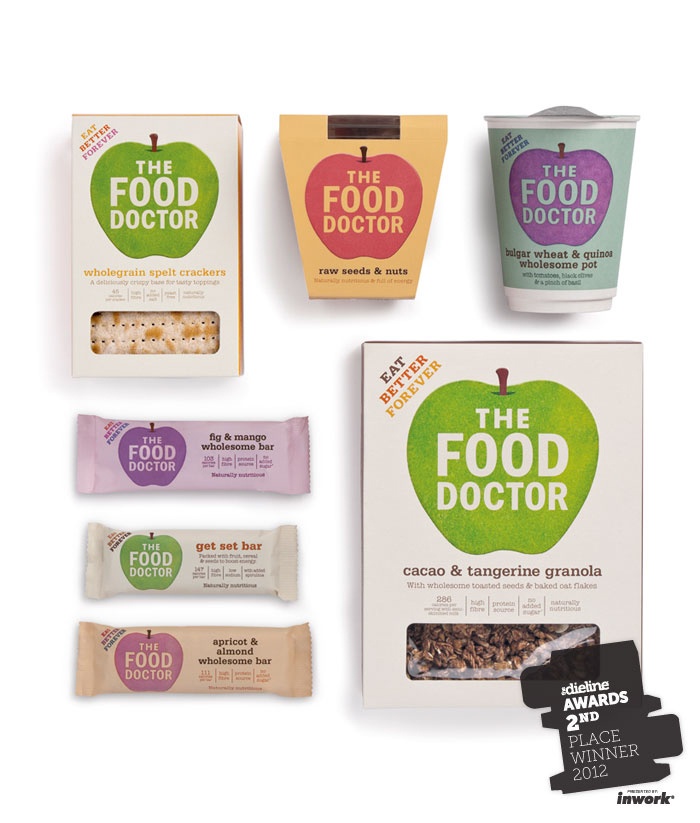
Arts and crafts in the Volga Bulgaria developed on the basis of local traditions, but under the strong influence of Muslim culture. Bulgarian jewelers worked with various metals and alloys - from gold and silver to copper and lead - using a variety of craft techniques and methods of artistic metal processing: artistic casting, embossing, engraving, stamping (basma), drawing, plating, filigree (filigree), grains and possibly blacks. In the Volga Bulgaria, carving on bone, stone and wood, as well as on precious and semi-precious stones, reached a high level of development. Women's jewelry is characteristic - neck torcs, silver temporal pendants, earrings, bracelets, rings, belt linings, ceremonial weapons (ornamented hatchets), horse equipment, metal utensils, household items - locks, stamps, mirrors. Glassmaking developed, including the manufacture of dishes (household and alchemical), window glass, beads and glazed ceramic dishes. The production of ceramic utensils reached a high level of development, including a set of various ceramic products - from bowls, mugs, lamps to jugs, pots and one and a half meter hums for water and food storage.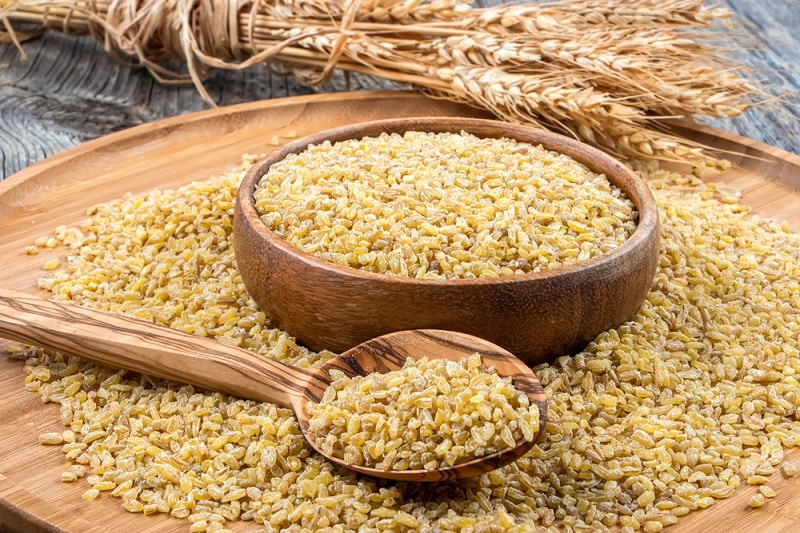 The heyday of the Bulgar state, the growth of cities, the formation of a literary language and the establishment of a single spiritual and material culture of the Muslim type throughout the country contributed to the formation of a single ethno-political community - the Bulgar people, who constituted the main population of the country. In the composition of Bulgaria were also Eastern Finnish (ancestors of the Mordovians, Mari and Udmurts), Turkic (Pechenegs, Kipchaks) and Ugric (Majars) peoples.
The heyday of the Bulgar state, the growth of cities, the formation of a literary language and the establishment of a single spiritual and material culture of the Muslim type throughout the country contributed to the formation of a single ethno-political community - the Bulgar people, who constituted the main population of the country. In the composition of Bulgaria were also Eastern Finnish (ancestors of the Mordovians, Mari and Udmurts), Turkic (Pechenegs, Kipchaks) and Ugric (Majars) peoples.
The army, which consisted of the guards of the emir and the militias of various regions, led by beks, numbered 50 thousand soldiers. The backbone of the army was the military service nobility, from whose midst military leaders were nominated and detachments of heavily armed horsemen were formed. The infantry played a supporting role in the fighting. The river fleet was often used to transport troops. The operational-tactical art was developed: the basis of tactics in offensive wars was a sudden raid, and in repelling an attack, active defense.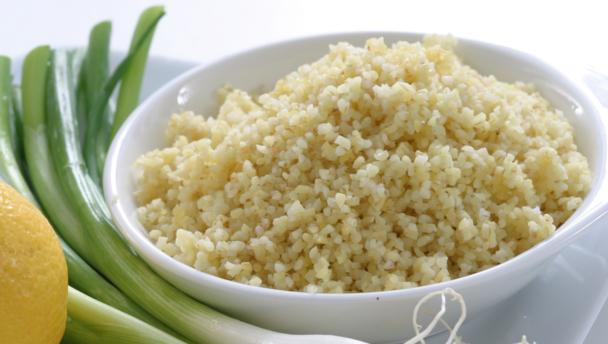 In the field battle, the Bulgars used maneuvers and envelopment of the enemy.
In the field battle, the Bulgars used maneuvers and envelopment of the enemy.
Since the 11th century, the Bulgars often clashed with the Kipchaks and Yemeks, who roamed the South Ural and Trans-Volga steppes. With the beginning of the reign of Yuri Dolgoruky (1125-1157), large-scale aggressive campaigns of Russian princes in the Volga region began. The Bulgars tried to counteract their offensive along the Volga by raiding Russian cities (for example, Kostroma in 1152). During the reign of Andrei Bogolyubsky (1157–1174) and Vsevolod III the Big Nest (1176–1212), Russian troops repeatedly invaded Volga Bulgaria (1164, 1172, 1183, 1185, 1205). Especially large was the campaign of the Russian princes against Bilyar (1183). The Vadimir-Suzdal princes practically conquered the Upper Poochie. In response to the activity of the Russians in the Kama region, the Bulgars captured and burned the city of Ustyug (1218), and the Russian princes stormed Oshel (1122). After that, peace was established in the Volga region, fixed by the Bulgaro-Russian treaties.











